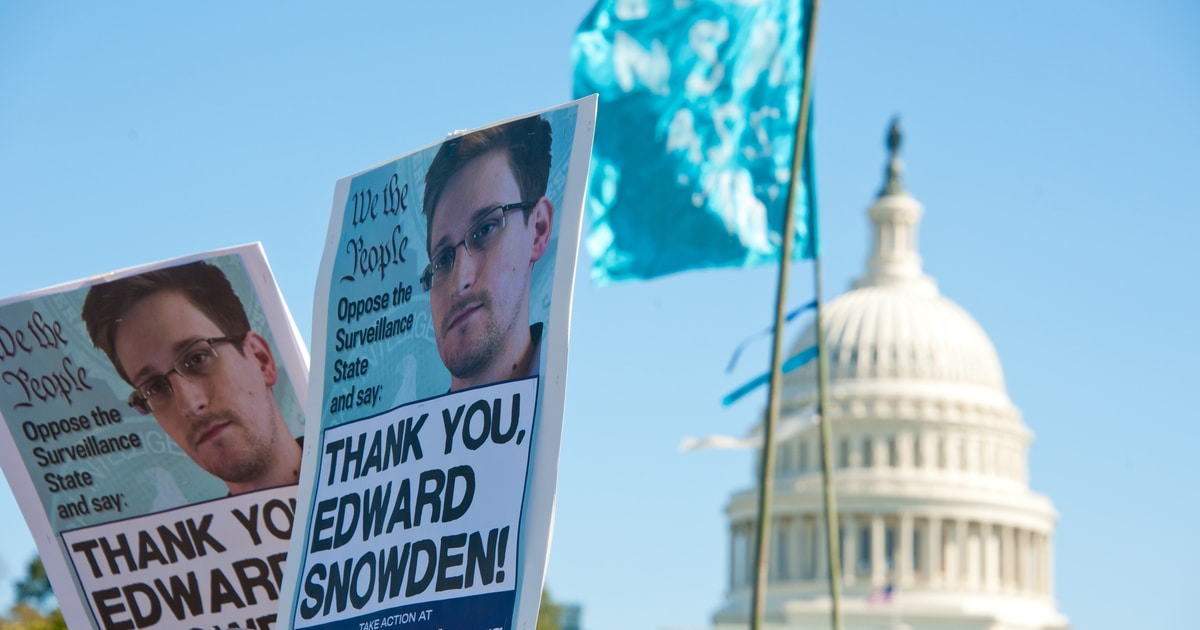Edward Snowden, the well-known whistleblower, has recently brought to light concerns regarding the impact of artificial intelligence (AI) on surveillance and public trust in institutions. In a world increasingly reliant on technology, Snowden’s cautionary words resonate with both experts and the public alike.
Erosion of Public Trust and AI’s Disruptive Potential
Snowden’s warning comes against the backdrop of declining public faith in traditional institutions. He emphasizes the need for AI models to not just mimic human capabilities but surpass them. This advancement in AI is seen as a potential countermeasure against invasive surveillance tactics, which Snowden famously exposed in 2013. The former defense contractor argues that as institutions continue to erode public trust, AI could play a pivotal role in shaping a new era where algorithms replace traditional establishments.
The Debate on AI’s Future
Snowden’s views are part of a larger debate on AI’s role in our society. Figures like Elon Musk and Eric Schmidt have expressed concerns about the existential risks posed by unchecked AI development. On the other hand, Bill Gates argues against halting AI progress, emphasizing the need for continuous development despite the challenges.
Security and Privacy Risks of Rapid AI Deployment
Adding to the complexity of this debate, the U.S. National Institute of Standards and Technology (NIST) has warned about the security and privacy risks associated with the rapid deployment of AI systems. Risks include adversarial manipulation of training data, model vulnerabilities, and privacy breaches. These concerns highlight the need for robust mitigation measures to counter potential threats.
Implications and Future Directions
Snowden’s warning is a call for introspection on the future of AI amid dwindling public trust in institutions. It raises crucial questions about the role of AI in countering surveillance and the ethical implications of its rapid development. As technology continues to advance, it becomes increasingly important for society to navigate these challenges responsibly, balancing innovation with privacy and security concerns.
Parallel Visions: AI’s Role in Governance and Bitcoin’s Financial Revolution
The visionary perspectives of Edward Snowden on AI and the foundational principles of Bitcoin both converge on a common theme: the shift towards decentralization and the replacement of traditional institutions. Snowden’s insights on AI focus on its potential to transcend human capabilities in governance, thereby countering the erosion of public trust in conventional institutions. He envisions a future where algorithms, not humans, could be at the forefront of decision-making processes, addressing issues of bias, inefficiency, and privacy concerns. This mirrors the ethos behind Bitcoin, a revolutionary digital currency that operates on a Proof of Work (PoW) based, trustless network. Bitcoin challenges the traditional financial system by eliminating the need for central banks and intermediaries.
As Bitcoin’s founder Satoshi Nakamoto articulated in 2009, ‘I’ve been working on a new electronic cash system that’s fully peer-to-peer, with no trusted third party. This system is completely decentralized, with no central server or trusted parties, because it is based on cryptographic proof instead of trust.
Both AI, as Snowden sees it, and Bitcoin represent a paradigm shift: one where reliance on centralized entities is reduced, and trust is either entrusted to unbiased algorithms or distributed across a transparent, secure network. While Snowden’s vision encompasses a broader societal and governance scope, and Bitcoin specifically targets the financial sector, the core principle of decentralization remains a pivotal point of conver
In conclusion, Snowden’s remarks underscore the need for a careful approach to AI development, considering its potential both as a tool for enhancing privacy and as a source of new risks. This debate is not just about technology but about the future of society and governance in the age of AI.
Image source: Shutterstock
Credit: Source link






























